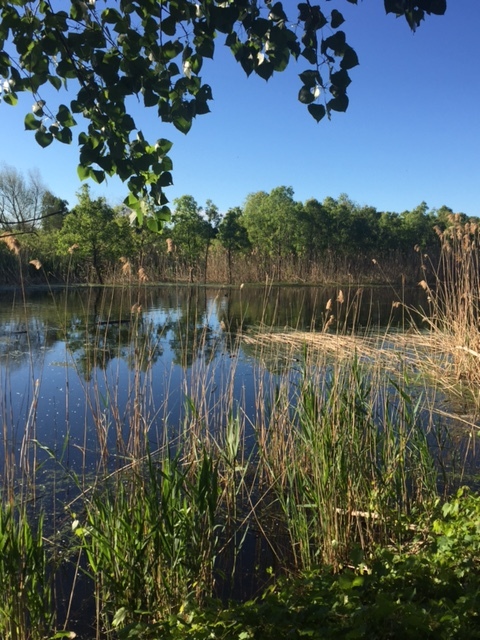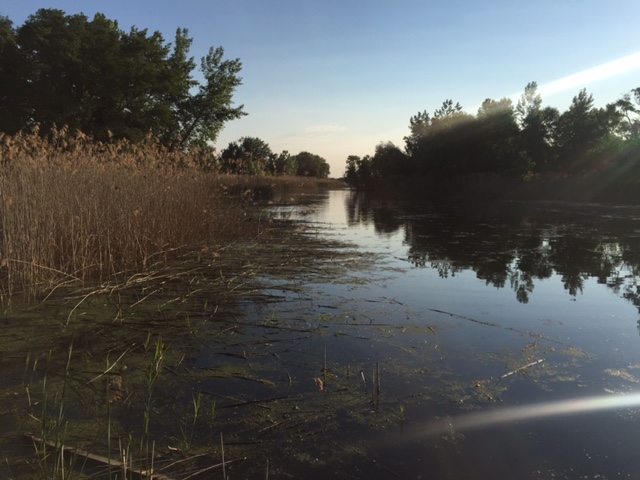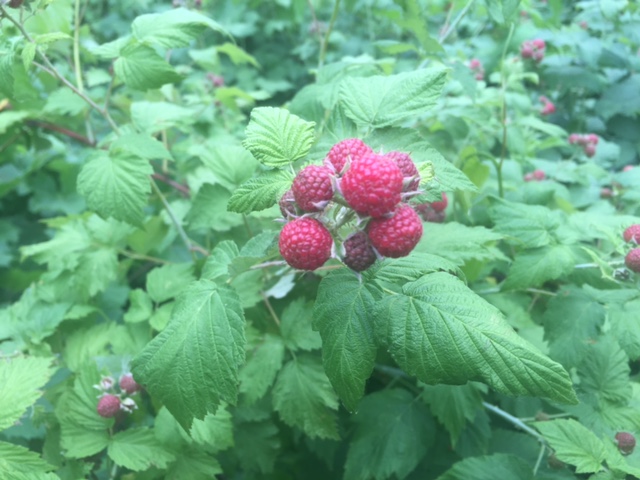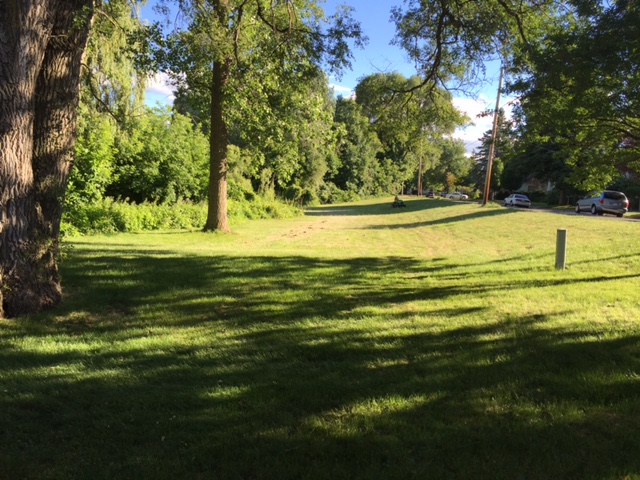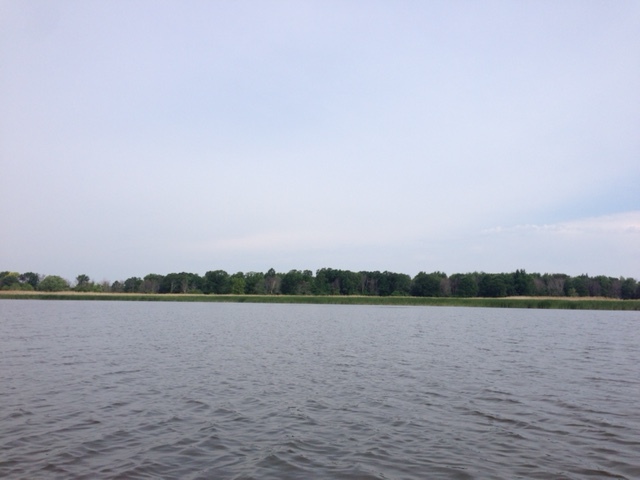Wild Water River Sanctuary
By Emily Mattison
In Bay City, Michigan, a small and very special section of the Saginaw River has become an inner-city wildlife sanctuary.
The Saginaw River is a short, wild river, running north into the Saginaw Bay of Lake Huron, one of the Great Lakes. It has major tributaries including the Shiawassee River, the Tittabawassee River, the Cass River and the infamous Flint River. The Cass and the Shiawasseeare also both wild rivers. All the tributaries converge into the Saginaw within the territory of the Shiawassee National Wildlife Refuge which is about 20 miles upstream from Bay City.The delta of the Saginaw River watershed creates an area of fertile Saginaw Valley farmland. The mouth of the river is close to Bay City.
Much of the river shorelines is rip-rapped with concrete waste or metal sea walls to prevent erosion from high or wind-driven water. The natural meander lines of the rivers have been affected by encroachments of sea walls and the harsh edges they make. Wildlife and natural wetland vegetation are severely hampered by the unnatural edges, and outside the wildlife refuge, the river habitats are greatly reduced. But, within a stretch of four city blocks along Arbor Street, in the center of Bay City, the natural habitat is encouraged and existing sea walls are being, or have been removed, creating an inner-city sanctuary for wildlife.
The entire four city blocks of wetland and river's edge was purchased by Mark Mattison in 2015, in order to preserve it as a wild habitat sanctuary. Mark is a fourth generation inhabitant of the area on his father's side. He grew up in the house his great uncle, a survivor of the Battleship Maine, purchased after the Spanish American war. Mark's mother was part Native American from the area, so he considers himself a First Nation resident, his roots reaching beyond record within the region.
During the early days of white settlers, and also before white settlement, the stretch of river was gardened. The upland sections of the area are rich with silty river loam. In recent years, due to toxic waste from farmland and industry, it has not been recommended to garden or farm along the river. However, Mark is making an effort to restore the gardens by using biodynamic and organic methods that, over time, will transmute the toxins embedded in the river bank and provide food for the neighborhood.
Numerous "invasive" plants, such as cat tails, purple loosestrife and European phragmites have invaded the area and cleaned up much of the toxicity. Most recently, the once dominant phragmites have begun to dwindle along this section of the river, as their task is nearing completion and the sustained high water is discouraging their numbers. The Mattisons have also successfully manually cleared sections of phragmites, thanking the plants for their work. Now many native species of not only plants but also other wild life are returning in large numbers. Deer, who had not been seen for decades, have returned. Eagles, hawks, and ravens are year-round residents, and all manner of migrating cranes and geese use the area on their way through. Fireflies, reintroduced by a neighbor, have brought the light show magic back to summer evenings. Fish use the special section between the shore and two nearby islands to spawn. During the season, the sound of spawning fish, slapping and jumping, is the loudest noise in the Sanctuary.
The Sanctuary is close to a public river walk, and future plans include making available a private educational and interpretive walk to teach people about successful co-creative relationships between Nature and humans. The Institute for Man and Nature has adopted the Sanctuary as a project site to be featured and developed over time for this purpose.
O.N.E. is featuring the Wild Water Sanctuary in a tele-seminar in June. Please join us and listen as Mark and Emily explain their special connection with the land and the river and their stories of what it has been and can be.



